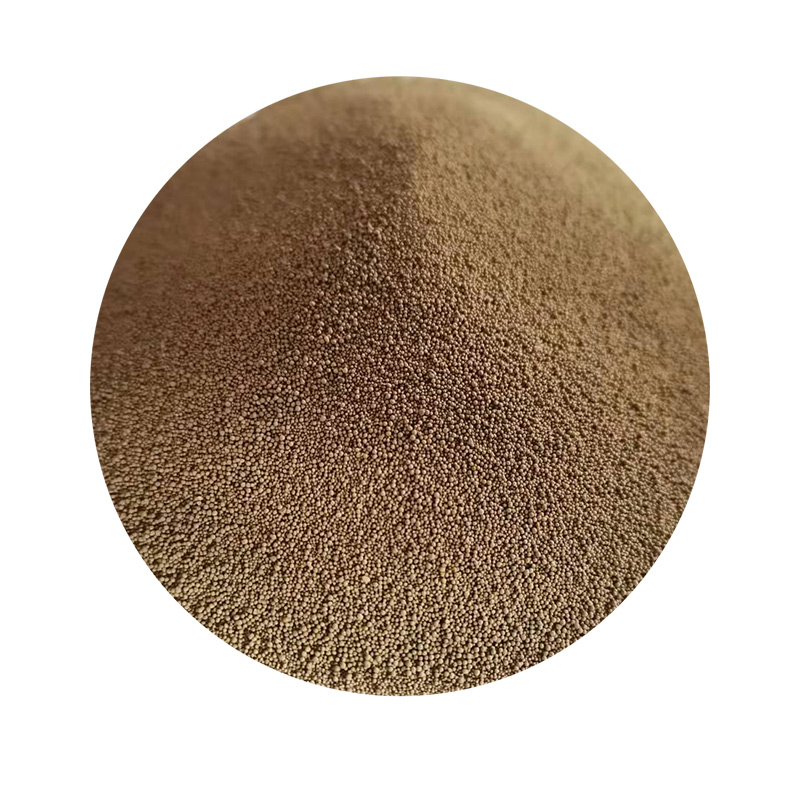Understanding the Price Dynamics of Ceramic Sand
Ceramic sand, also known as ceramic proppants, is an essential material in various industrial applications, primarily in the oil and gas sector, as well as in construction and manufacturing. The price of ceramic sand can fluctuate due to several factors, including raw material costs, production expenses, market demand, and technological advancements. In this article, we will explore these dynamics to understand what drives the price of ceramic sand and the implications for industries reliant on this versatile material.
Understanding the Price Dynamics of Ceramic Sand
Production costs also play a crucial role in determining the price of ceramic sand. The refinement process to produce high-quality ceramic sand is energy-intensive and requires significant capital investment. Factors such as labor costs, transportation, and energy prices (like natural gas or electric power) can affect the overall cost of production. A rise in energy prices, for instance, can lead to increased production costs, which can subsequently drive up the price of ceramic sand.
ceramic sand price

Market demand is another critical aspect influencing ceramic sand prices. In recent years, the oil and gas industry has seen fluctuating activity levels, heavily impacting the demand for ceramic proppants used in hydraulic fracturing, or fracking. When oil prices are high, the demand for ceramic sand rises as drilling activities increase. Conversely, if oil prices fall, exploration and production activities may slow down, leading to a decrease in demand for ceramic sand and potentially lowering its price.
Technological advancements also have implications on ceramic sand pricing. Innovations in production techniques can lead to more efficient manufacturing processes, reducing overall costs. For example, advancements in drying and firing technologies can improve the quality of the ceramic sand while reducing the material wastage during production. When manufacturers can produce high-quality sand at lower costs, they might offer competitive prices to attract customers, contributing to market price fluctuations.
Finally, geopolitical factors and global trade policies can also affect the price of ceramic sand. Tariffs on raw materials or changes in export policies can create uncertainties in supply chains, impacting pricing. For instance, if a major producer of alumina imposes export restrictions, this could lead to increased prices for ceramic sand globally.
In conclusion, the price of ceramic sand is influenced by a myriad of factors, including raw material costs, production expenses, market demand, and technological improvements. For industries that rely on this material, understanding these dynamics is vital for strategic planning and decision-making. As the global economy continues to evolve, monitoring these factors will be essential not only for price forecasting but also for maintaining competitiveness in an increasingly challenging market landscape.
Post time:Oct . 18, 2024 12:39
Next:Resin Coated Sand Production Facility for Enhanced Quality and Performance
